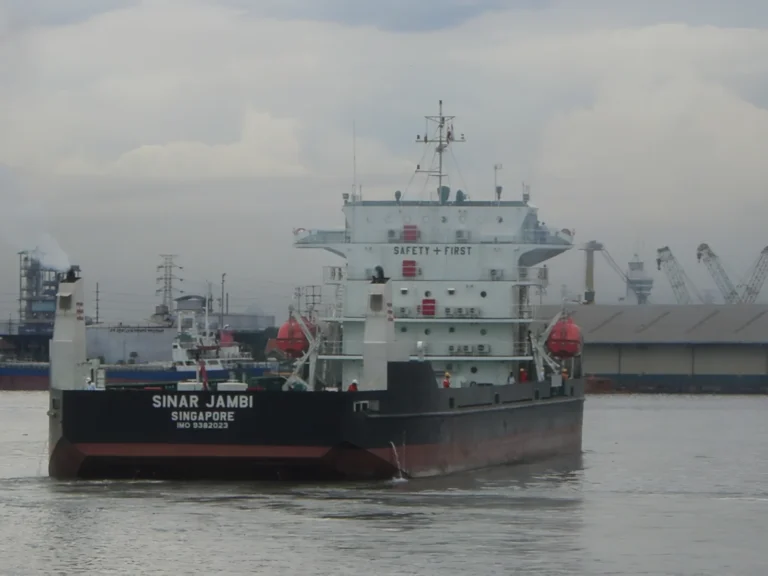A Historic Milestone, iStow First Installation!
This groundbreaking event, which took place in 2007, marked the first ever deployment of iStow on a commercial ship, paving the way for digital innovation in cargo management and maritime safety.
By Pranala Digital Transmaritim
05 December 2024
The First Ship to Bring iStow to the Seas
One of the most memorable moments in the history of iStow was its inaugural installation on MV. Sinar Jambi. This groundbreaking event, which took place in 2007, marked the first ever deployment of iStow on a commercial ship, paving the way for digital innovation in cargo management and maritime safety.
The ship MV. Sinar Jambi was owned by Samudera Shipping Services before being acquired by Indonesia Fortune Lloyd. Upon acquisition, it was renamed MV. Riau Fortune and operated under the management of Indonesia Fortune Lloyd. This container vessel, with a capacity of 265 TEUS, was classed under BKI (Biro Klasifikasi Indonesia). It became a landmark in maritime innovation when it became the first commercial ship to install iStow.

MV. Sinar Jambi – Self Propelled Deck Container Carrier 265 TEUs (2011). Photo: Bumi Samudera Jaya
Start of a Revolution
The first version of iStow had a simple interface, vastly different from today’s advanced system. Despite its basic design, it could already perform accurate stability calculations and generate efficient stowage plans. This marked the beginning of the digitalization of maritime operations.
Today, iStow has evolved to Version 2.5, featuring advanced tools like 2D and 3D visualizations for easier cargo planning, automated stability and strength calculations, and detailed reports, including manifests and stability summaries, etc. This upgrade reflects iStow dedication to transforming the shipping industry with innovative solutions.
MV. Sinar Jambi Legacy
The adoption of iStow on MV. Sinar Jambi in 2007 was a groundbreaking moment, proving that digital tools can enhance both efficiency and safety in maritime operations. Today, MV. Sinar Jambi is remembered as a trailblazer, a vessel that led the way for digital innovation in the maritime sector. It stands as testament to how even small technological Steps can create a lasting impact on the future of shipping.
